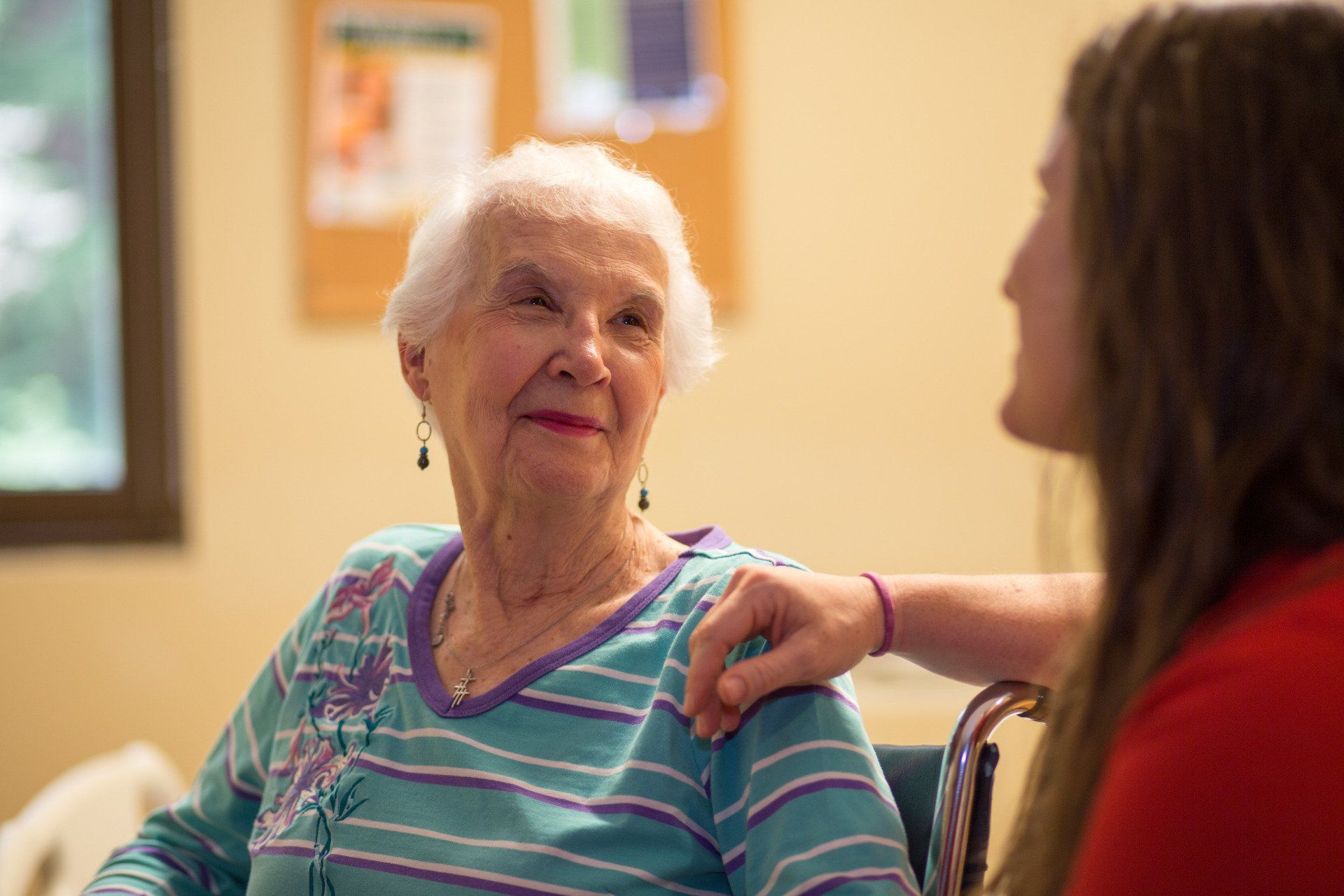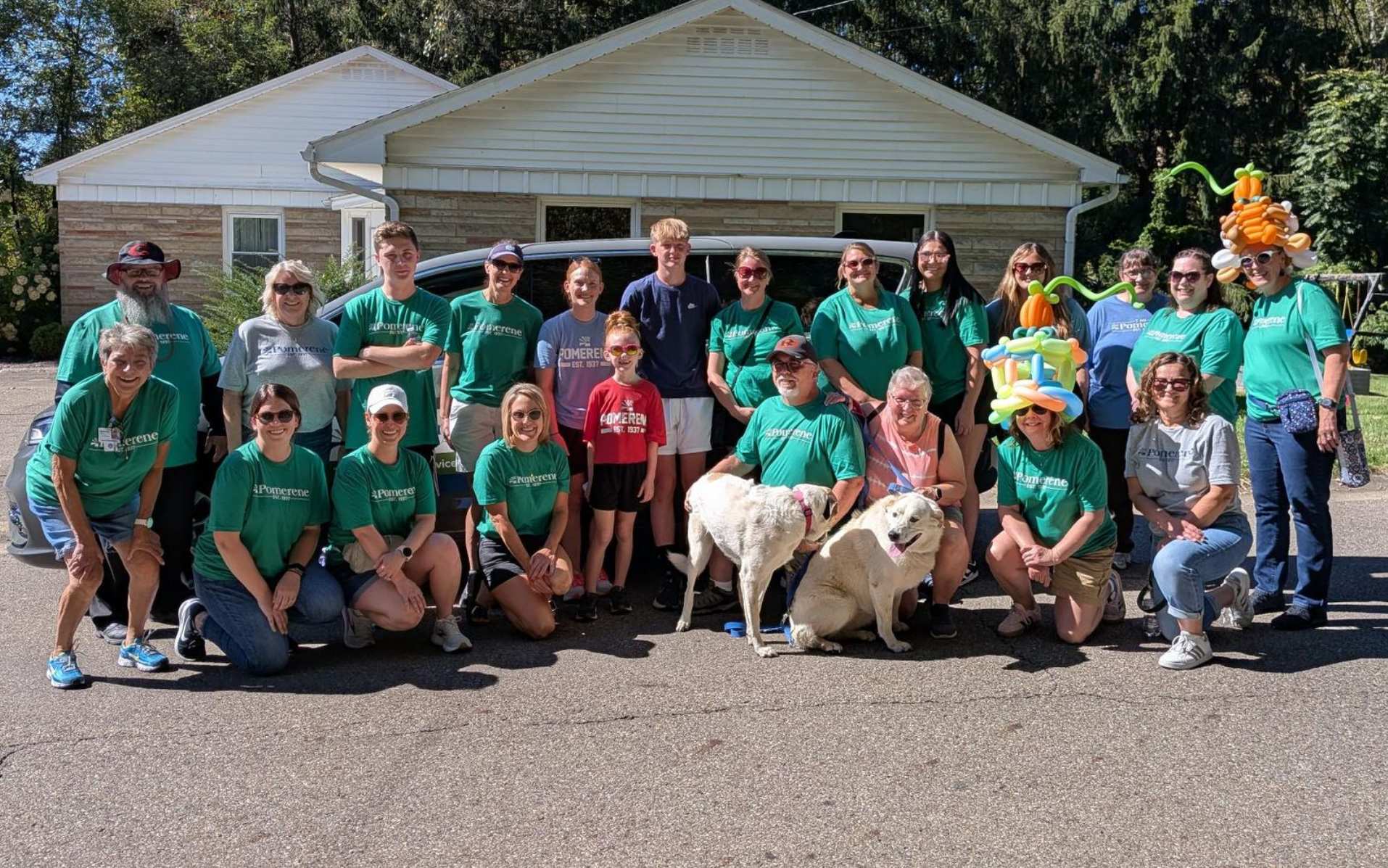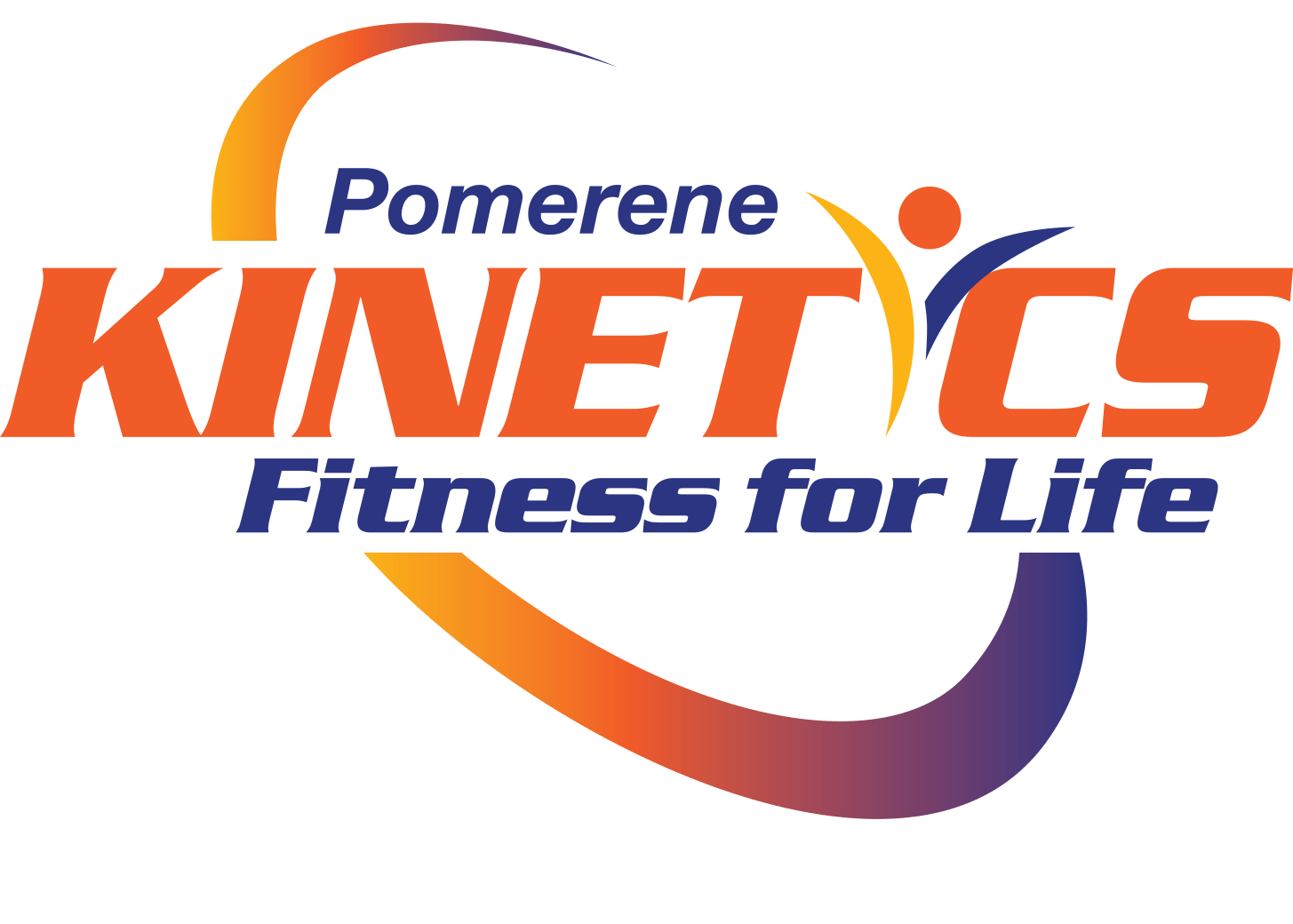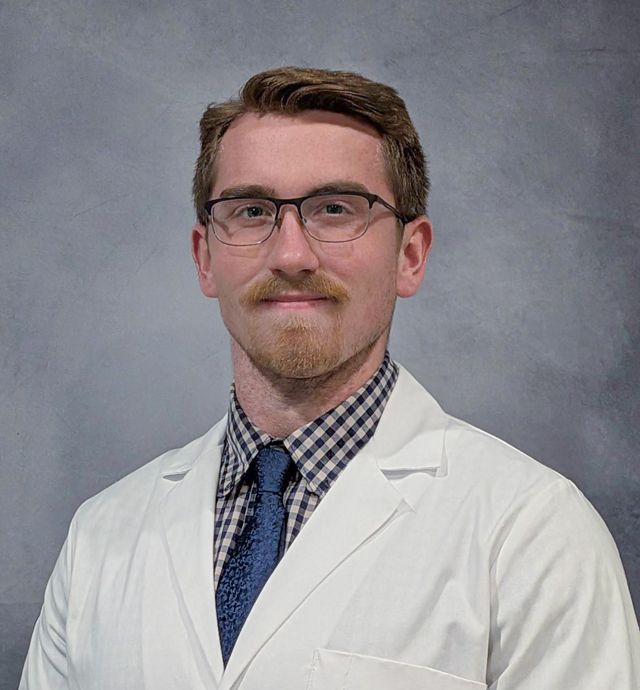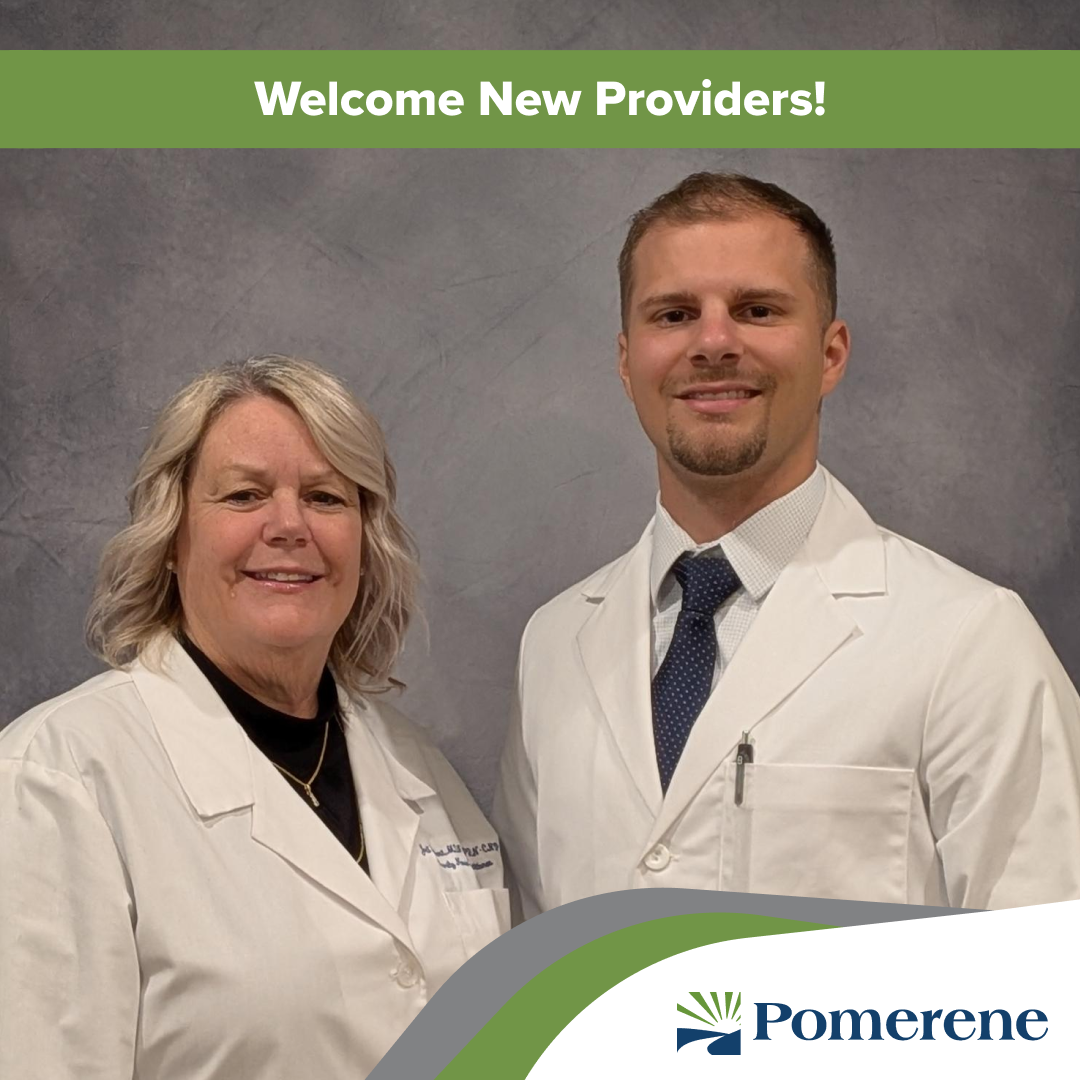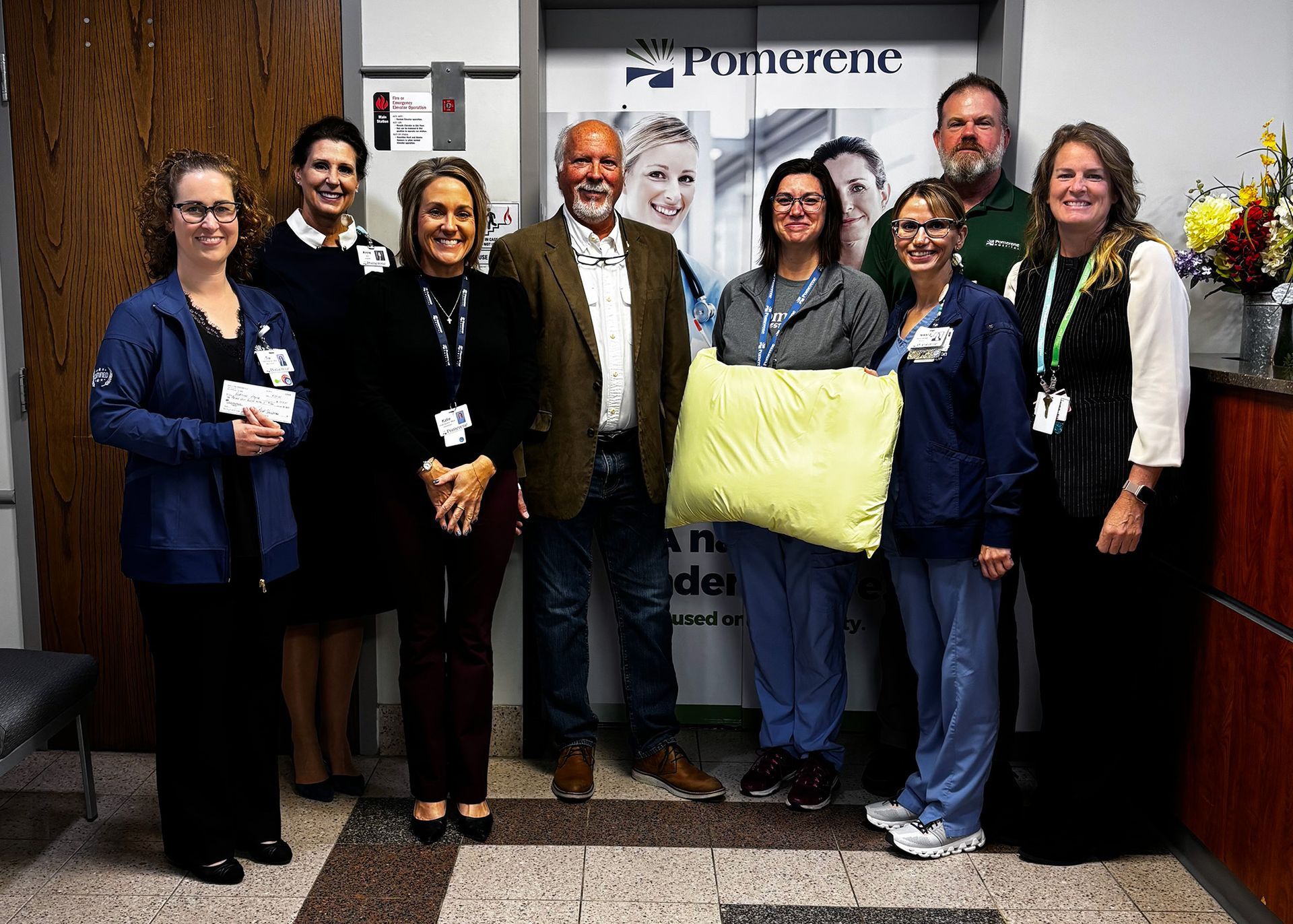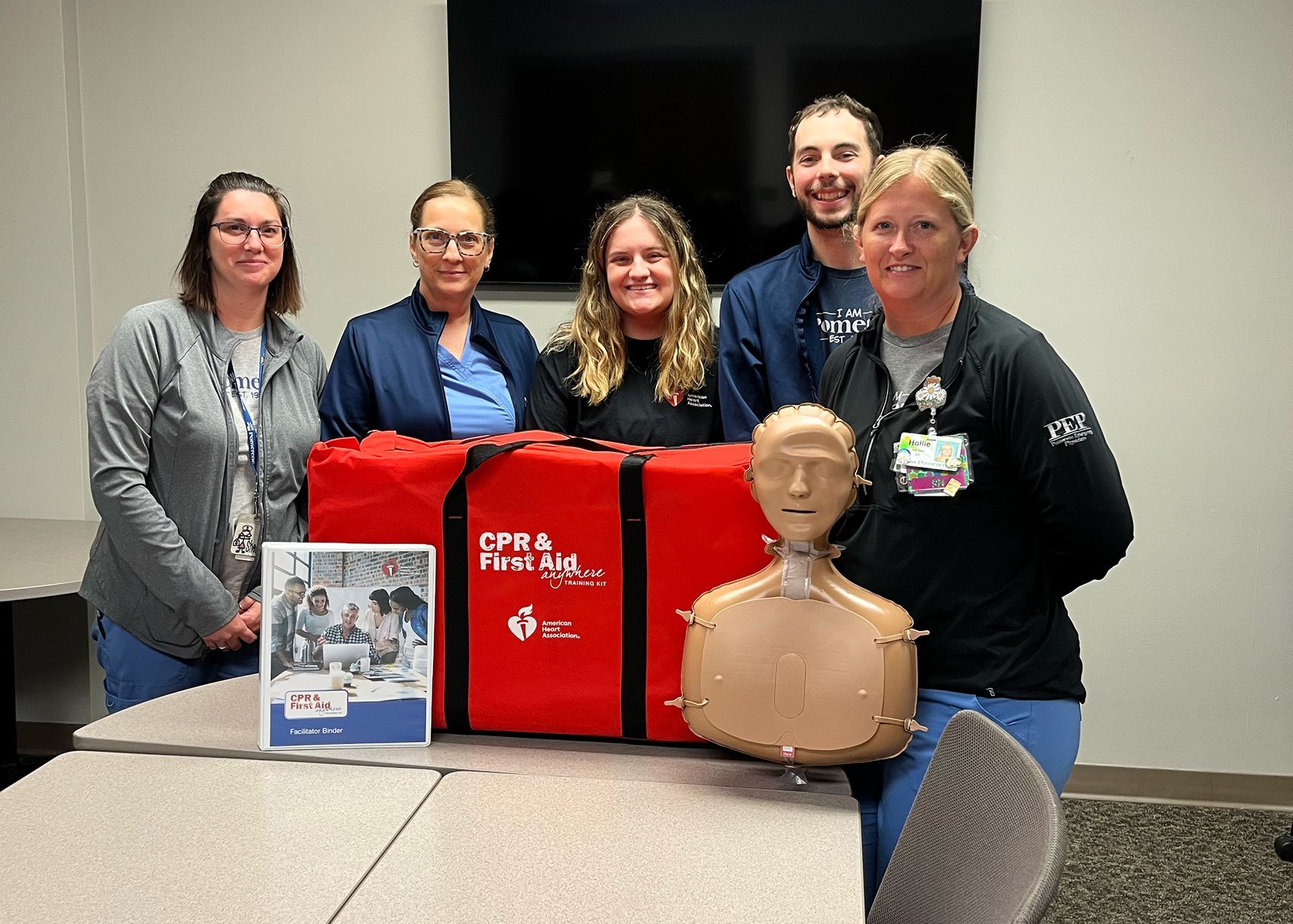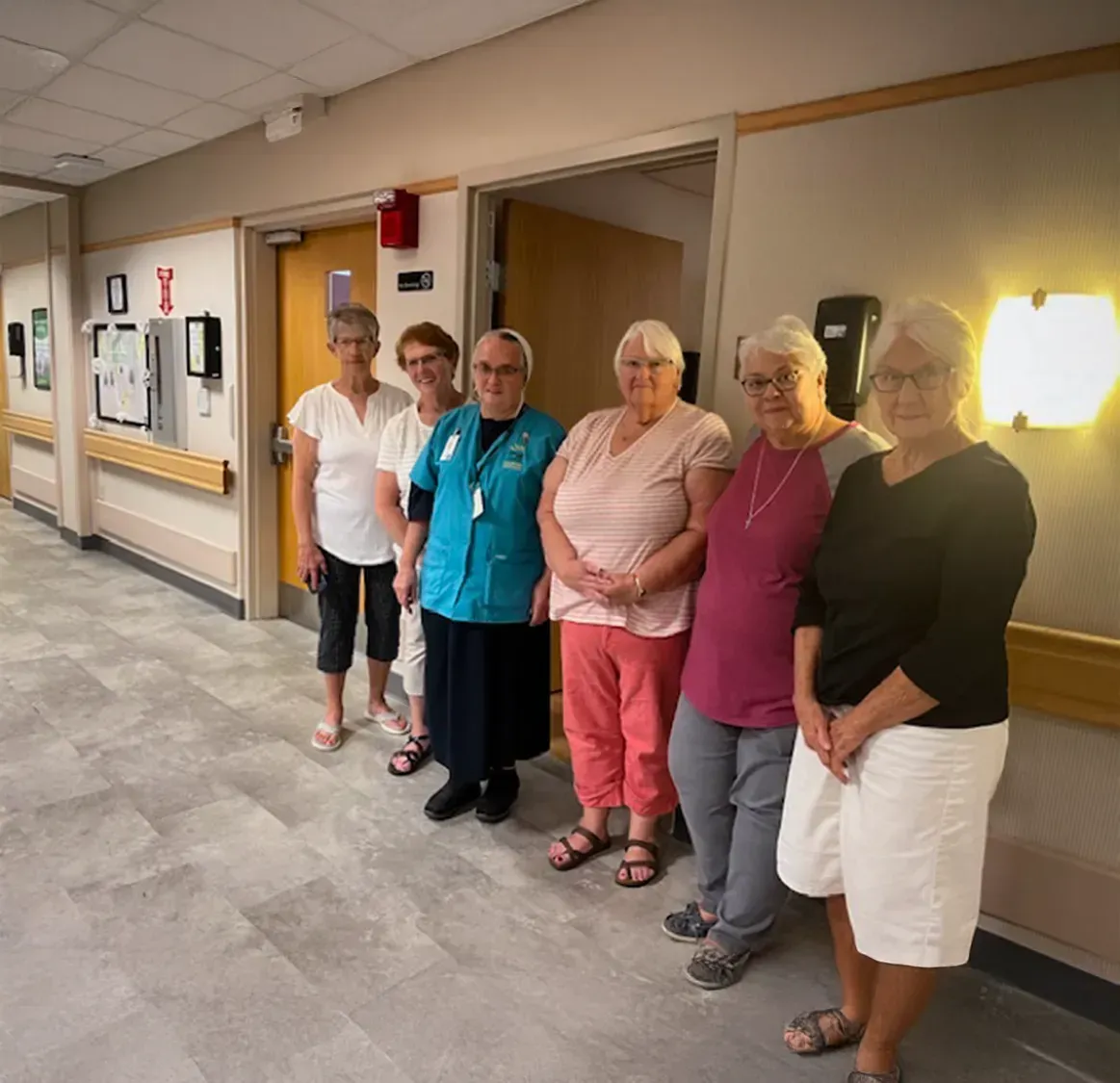Obstructive Sleep Apnea - What You Need to Know
Getting a proper night sleep is so important. It allows the body to regenerate for the next day. Lack of sleep can lead to many other ailments including high blood pressure which can lead to stroke. Many people, up to 6 million each year are diagnosed with Obstructive Sleep Apnea (OSA).
For many it begins with a partner telling a patient that they witness them stopping or pausing breathing during their sleep. Others complain of daytime sleepiness. This usually ends with a visit to their local healthcare provider.
Screening tools have been developed that assist or predict the likely hood of a patient having OSA. These include the “STOP BANG” assessment tool as well as the “Epworth Sleepiness scale”. Once your provider assesses your situation, they will order a sleep study if needed.
What is Obstructive Sleep Apnea?
Obstructive Sleep Apnea is a sleep disorder characterized by pauses in breathing or periods of shallow breathing during sleep. Each pause can last for a few seconds to a few minutes and they happen many times a night. The two major types of sleep apnea are “Obstructive” and “Central”. Obstructive Sleep Apnea is caused by tissue in the oral pharynx blocking off the flow of air. Central Apnea is caused within the brain and is a failure of the brain to send signals to the muscles to breath. These can range from mild to severe. Severe apnea must be treated as soon as possible.
Sleep Study
There are two types of studies performed. The first is an "In-Lab Study." This study requires the patient to spend the night in a sleep lab. Most sleep labs look more like a home bedroom than a lab room. The difference being that in the lab is all the diagnostic equipment required to help measure and make a definitive diagnosis of OSA. During this process, the wires are attached to the head and torso and a flow cannula is placed in the tip of the nose. The patient is monitored by a registered sleep technician who is generally a respiratory therapist as well through the night.
The other type of sleep study is the “Home Sleep Study”. This study consists of a patient taking home a small device and wearing it overnight. Many patients prefer this over the in-lab study because they can sleep in their own bed. This type of study in not able to diagnose central apnea. Central apnea is diagnosed from an in-lab study.
Treatment
Treatment for OSA has evolved over the years and now includes many options. Some of those options are positive air pressure devices, implantable nerve stimulators, dental appliances and oral surgery. Your provider will discuss options for treatment and assist you in getting the best option for you.
What's Next?
Talk to your provide and discuss which type of test is best for you. Once this is determined, your provider will send an order to the lab at Pomerene Hospital. The lab will get insurance approval and then schedule you for a study. Pomerene’s sleep lab is open and testing patients. During the COVID-19 pandemic, patients are being screened, temperature is monitored, and testing is performed. If you have questions, please call Jim Valentine, Manager of Sleep lab Services at 330-674-1015.
